Although it dates back to the primary century Hijri, it includes the oldest Islamic tombstone dated within the year 31 Hijri, which made it the oldest Islamic tomb in Egypt, and a few even call it "the second Al-Baqi", thanks to the cowardly remains of the bodies of companions, followers and saints, additionally to symbolic shrines of the family of the house and therefore the good guardians of God, some are unaware of their existence, and a few believe that this disregard as a results of their presence within the city of Aswan full of ancient Egyptian relics.
Fatimid tombs, known by some as "anani", due to the presence of the marine coward within the area of Anani, and its length is about 2000 meters, and therefore the width of roughly 500 meters, with a region similar to 238 acres, divided itno two parts, besides the coward The Navy, there's also a tribal coward, located on the road of The Aswan Reservoir, specifically next to the Nubia Museum, and also the other is split into three sections, separates the north from the center through the reservoir, and separates the center from the south one among the trenches, the north includes cemeteries within the type of a box, and includes the center of the tombs surrounded by tombs The south has 20 large mausoleums, smaller shrines and modest tombs.
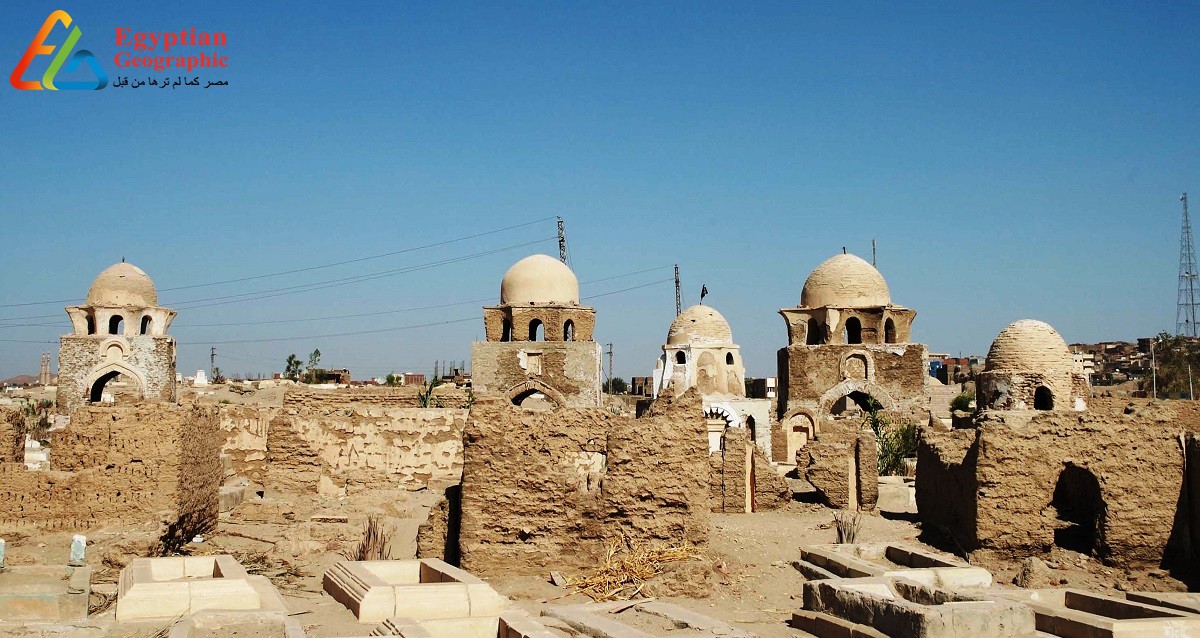
The Tombs of the Fatimids comprise about 80 tombs, but because of the factors of your time and neglect to which they were subjected, and also the weakness of the brick-milk material employed in construction, additionally To urban expansion, only 30 cemeteries remain today, forcing the Supreme Council of Antiquities to intervene and develop the cowardina in several stages, began to create a 600-kilometer wall round the cemetery and museum store, restore domes, complete and reinforce the parts, isolate the foundations to get rid of the rubble from the domes, work doors and windows and block all the openings, to preserve the monuments.
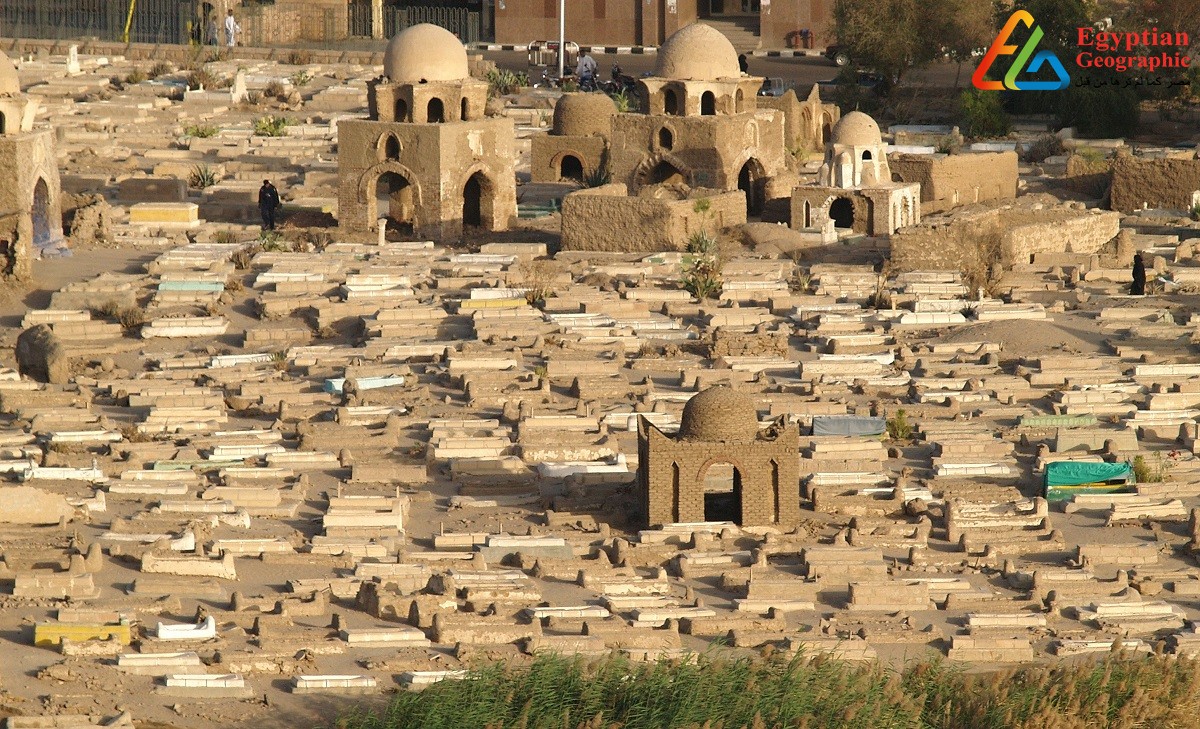
The most important thing that distinguishes the tombs of the Fatimids in Aswan are those widespread domes, which the athyas consider a very important link within the development of the architecture of domes and Islamic architecture generally, especially since they're characterized by the range within the form and elegance that was designed with them, and therefore the date of their construction dates back to the start of the primary century within the middle of the 6th century A.D., evidenced by the tombstone that dates back to the year 31 Hijri within the name of Abdul Rahman al-Qajshi or Hijazi, the history of the Fatimid cowardice dates back to the years of the Arabs conquered Egypt, and to secure the southern border some soldiers were sent to Aswan, so as to repel There are many huge battles between the 2 sides, and martyrs are buried in this area, and centuries later.
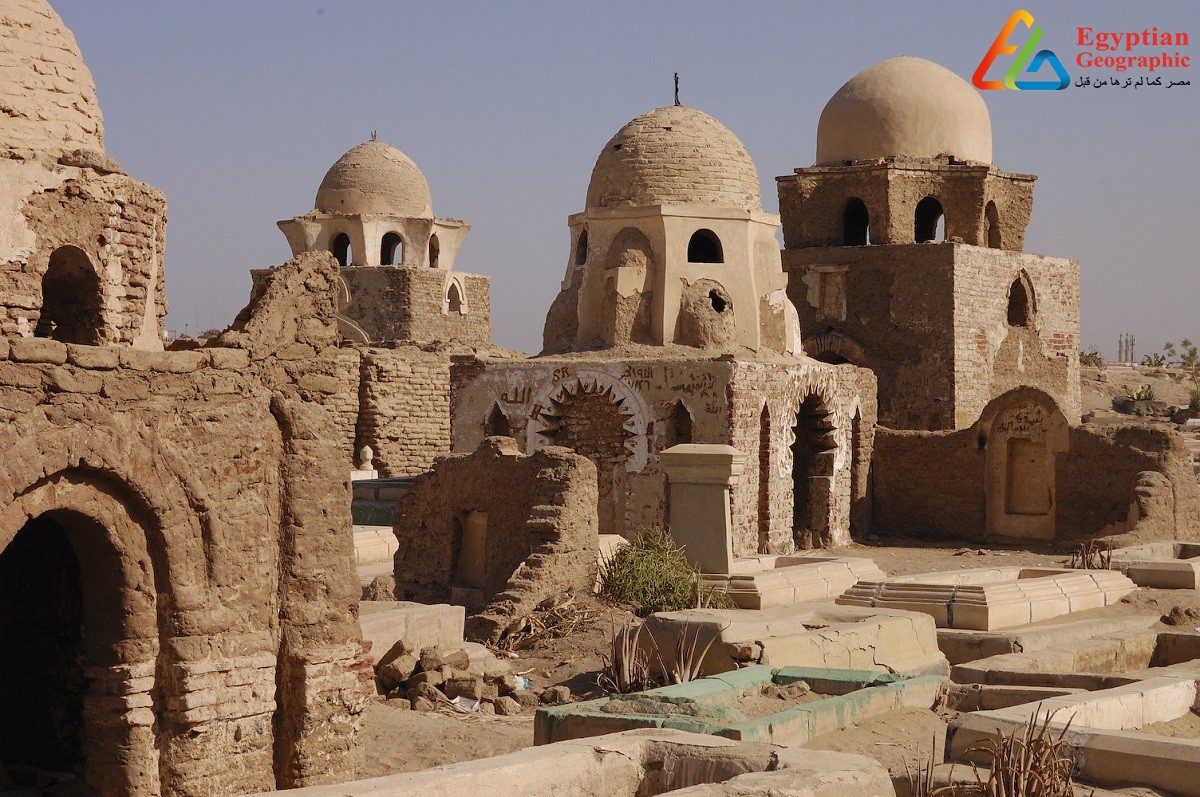
Some of the people of Aswan believe that the tombs of the Fatimids include the remains of the press, in order that they call them the cowards of the righteous or the blessed coward or the great one, and not only did they are doing so, but they named the names of the companions, followers, the nice guardians of God and also the family of the house on a number of these shrines, so there became the Dome of the great, and also the dome of the Al-Hussein, the shrine of Sayyida Zeinab, the shrine of Bilal bin Rabah, the shrine of Omar ibn al-Khattab, the shrine of Sayyid al-Badawi, the shrine of Sidi Ibrahim al-Desouki, the shrine of the Judge of sharia, and plenty of of the names of the family of the house, the sahaba and followers, the people of town visit them and bless them even in Their joys.
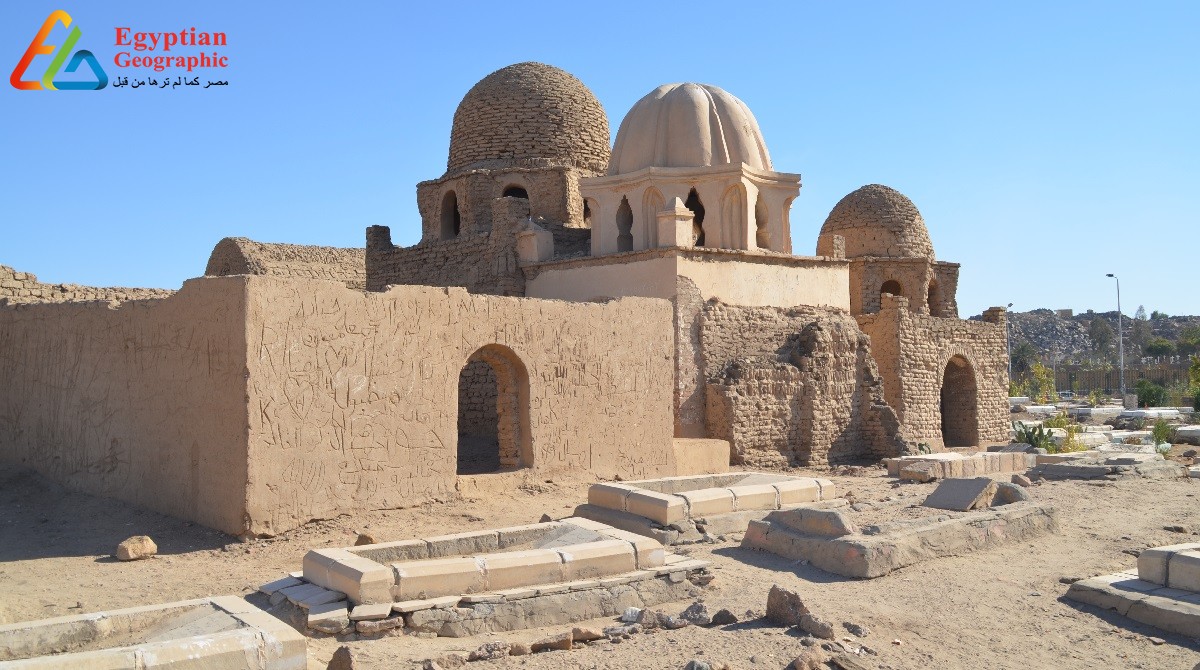
The Fatimid tombs were called "Fatimid domes" due to the various domes during which they were built, which initiate to the Fatimid periods, the Fatimids placed domes on the graves of their dead in step with the Shi'a doctrine, and these are considered Domes with distinctive architectural elements, and fertile ground for researchers, scholars and people fascinated by the affairs of architecture and Islamic art, thanks to its distinct architectural elements, whether in terms of assorted contracts, central doors, and different stages of transition, additionally to the variety of the form of the dome itself, which leads us to speak about the ingenuity of the architect and therefore the artist who excelled and excelled when he violated the principles of architecture familiar within the construction of the dome.
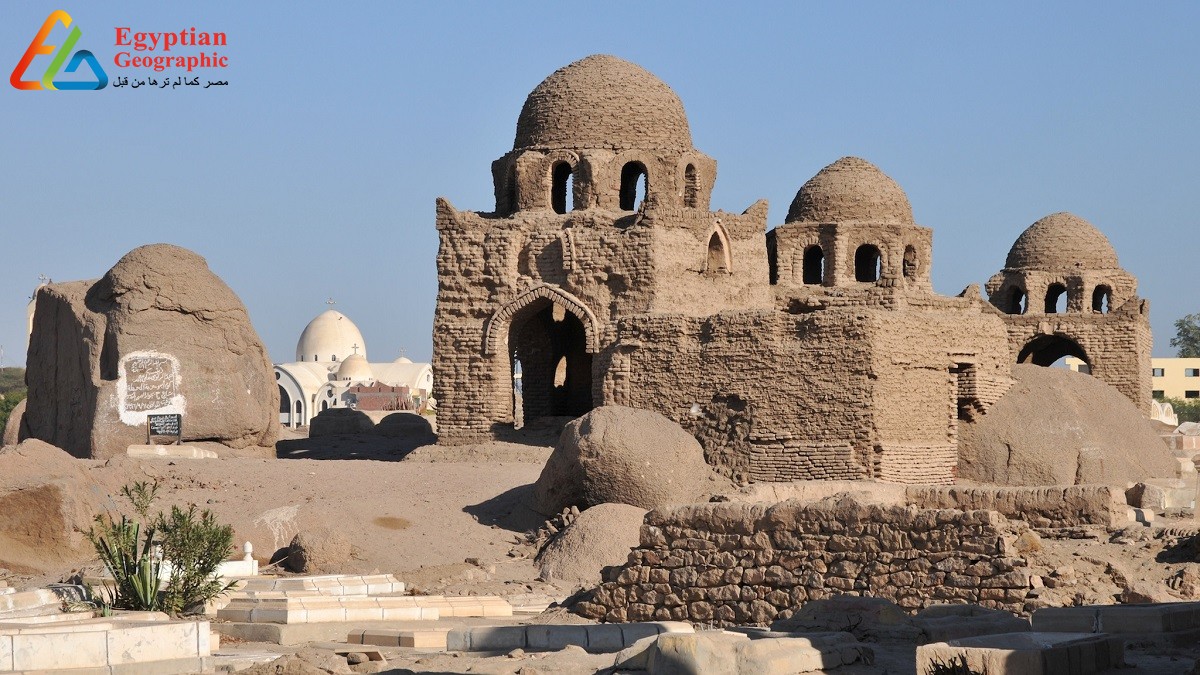
As for the foremost important scholars who studied fatimid domes, led by the Italian scientist Muniri de Villard, who numbered the domes to 55 domes, British scientist Archibald Cameron Kreiswell, and also the Egyptian scientist Farid Shafei, professor of Islamic architecture, and that they dated a bunch In 2006, the German mission restored some parts, and also the restoration process lasted about 8 years, although another cemeteries have to be restored, especially in light of the impact of the leak of groundwater on cemeteries and domes of the coward, where they grew. plants and wild grasses.
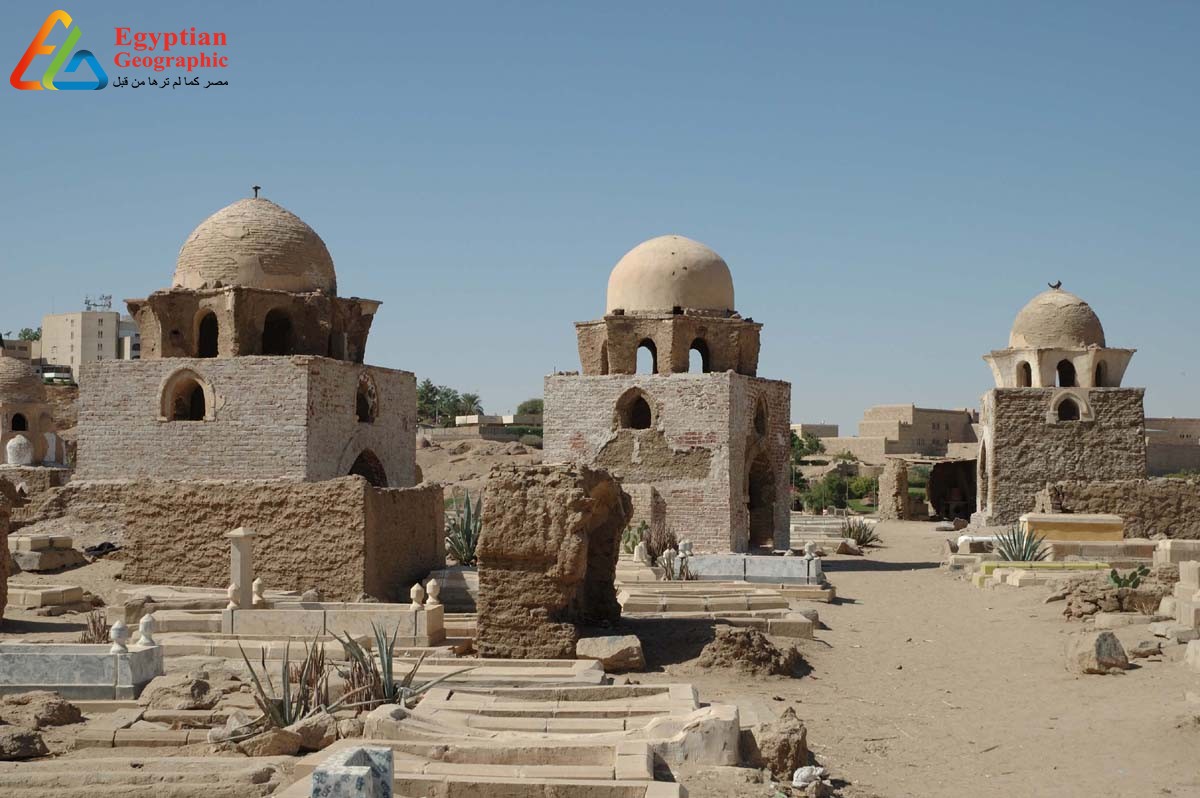
Fatimid tombs were built with the system of bearing walls like other Islamic monuments, i.e. in compact edifices, and also the artefact prevailing in these tombs was milk bricks, aside from some parts, like necklaces, domes and domes themselves, they were built of bricks, and stone strips appeared. In a number of these cemeteries, particularly in cemeteries 10, 13 and 25 of the Eastern Group of Tribal Cowards, plaster coverings have also appeared in other cemeteries, like Cemeteries 12 and 31, of the Eastern Group of Tribal Cowards, and the 5th Cemetery of the Western group of tribal cowards.

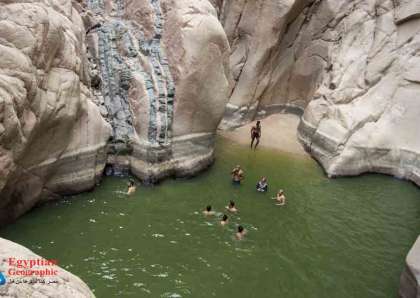

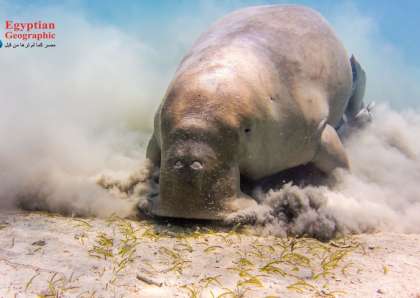
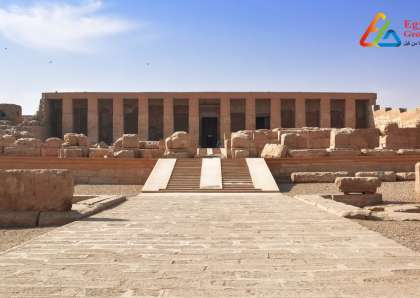
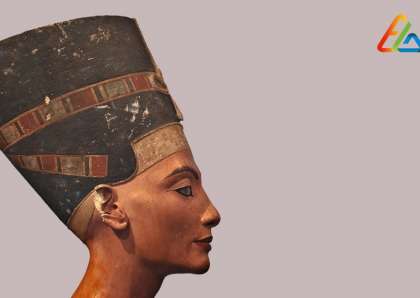
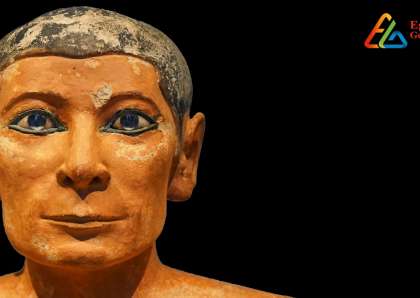
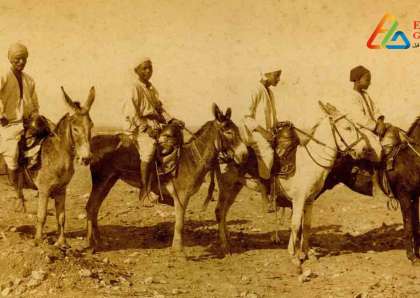
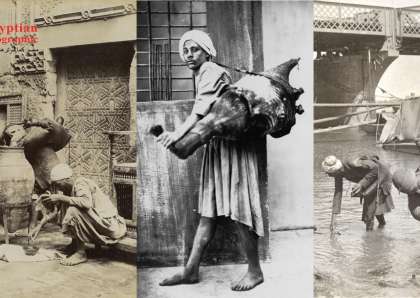
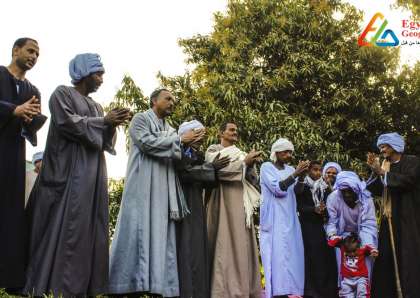
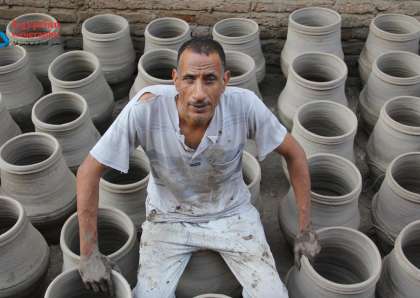






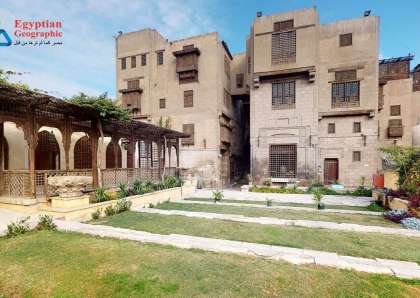
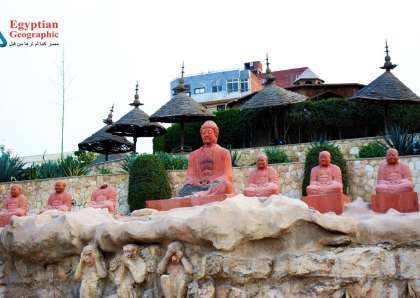
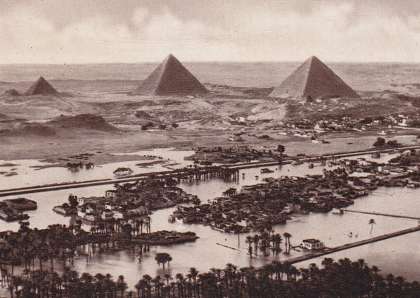
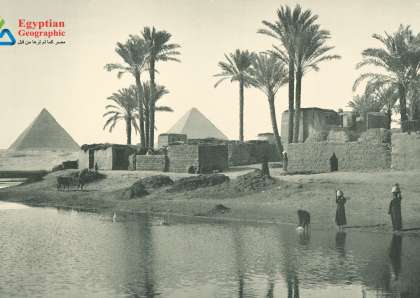

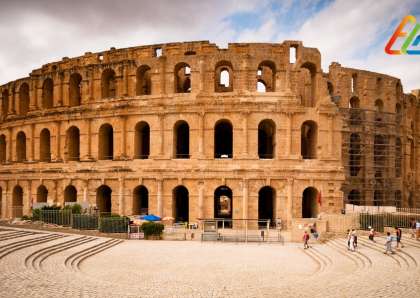
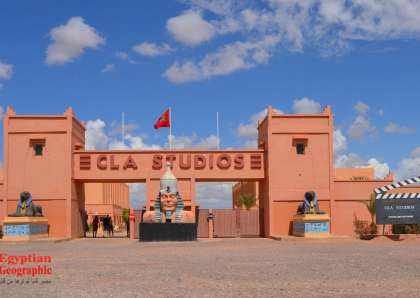
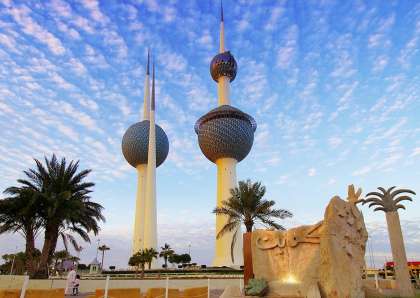
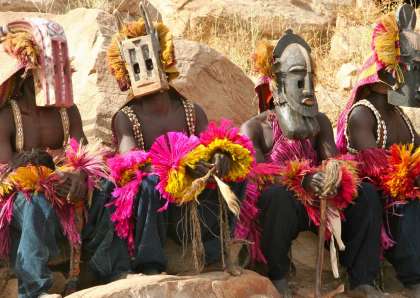


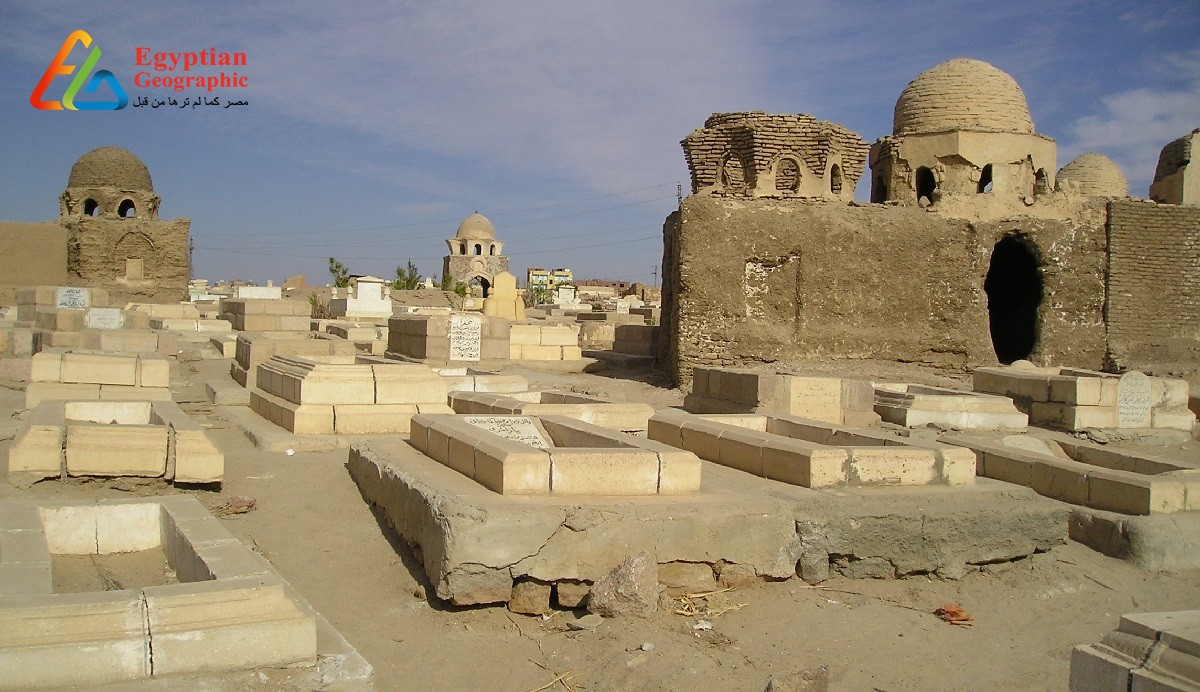







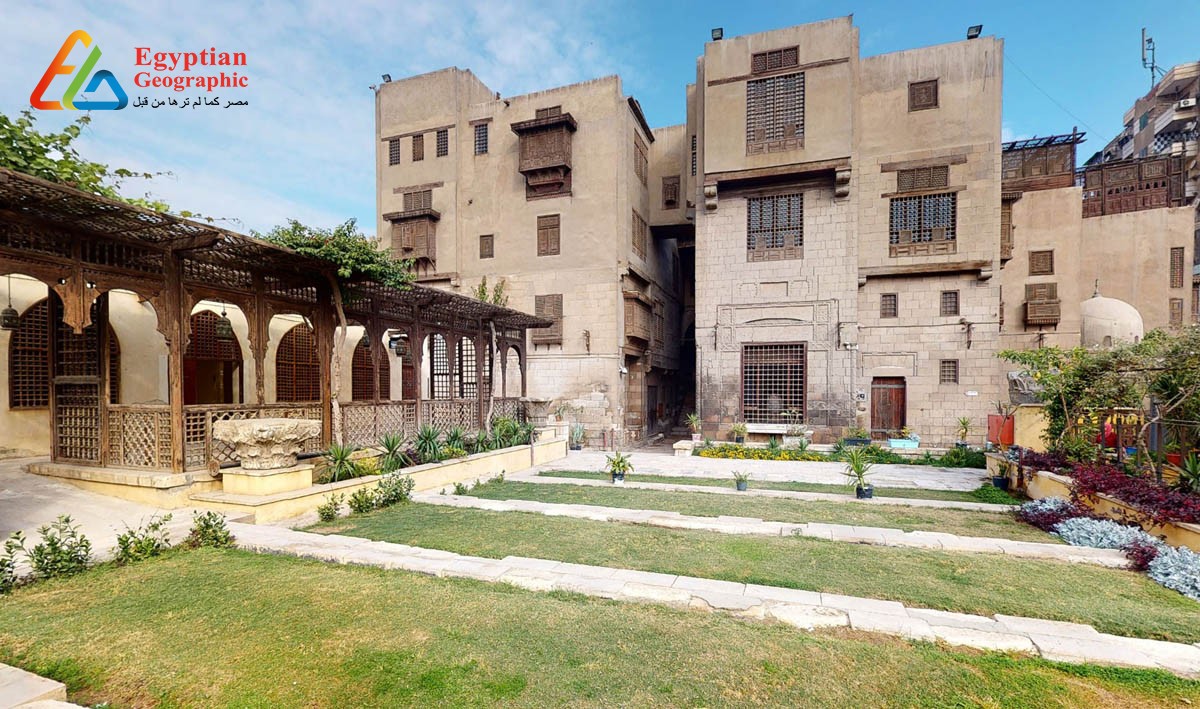













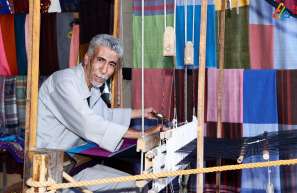
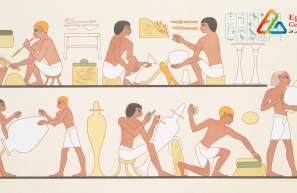
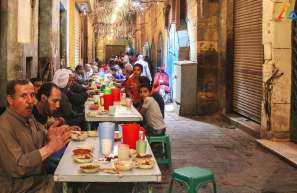


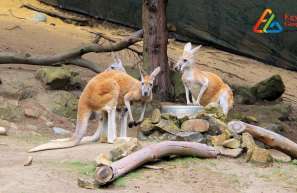








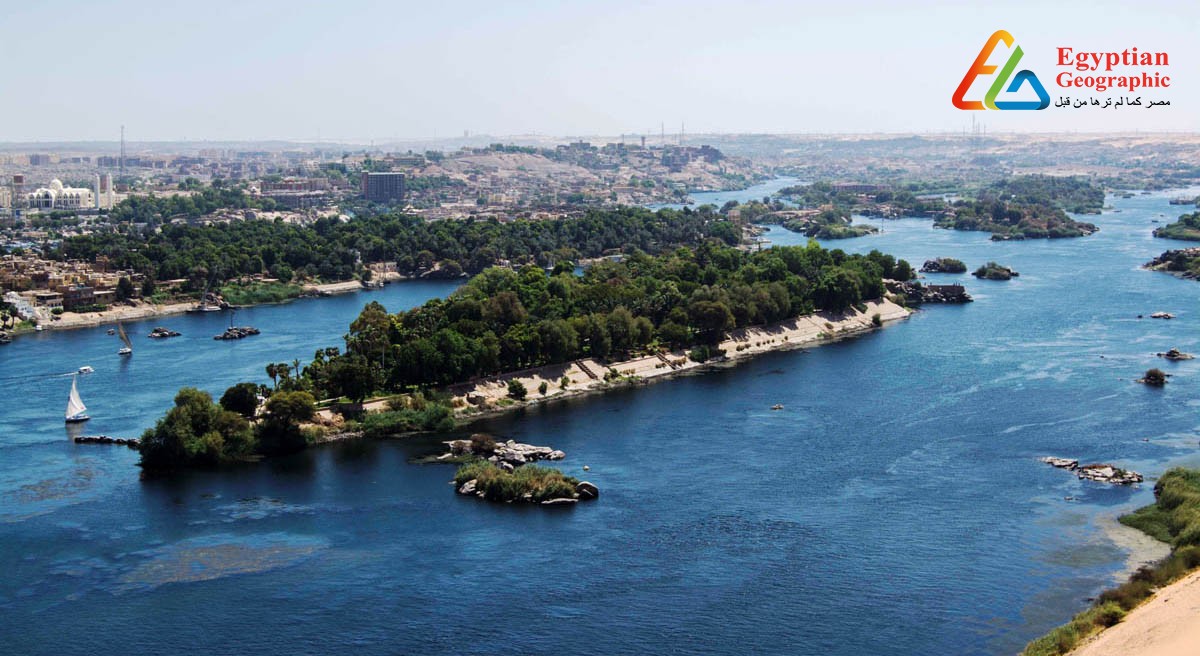
مجلة علمية معرفية وثائقية تتناول الشخصية المصرية